
For several years, facial acids have ceased to be salon products that can only be used by an experienced cosmetologist and have moved into the category of products for home use. Their percentage in the composition of everyday products has decreased, but now they are in almost any peeling, tonic or face serum. This guide has been prepared for those who do not yet know which acids are suitable for their skin type and what effect to expect from them. Raina Polekhina, a beautician, professional cosmetologist, NAOS expert talks about this.
Why does our skin need acids?
The main action of acids is exfoliation and regeneration of epidermal cells. Usually the regeneration process in the body takes about a month. However, after 30 years, this period gradually increases, so with age, the skin may become more dull and uneven. Here acids come to the rescue, which gives the opportunity to be updated again in the normal, previous mode.

However, this does not mean that they should only be used after a certain age. Acids can help fight acne, pigmentation and wrinkles. All you have to do is choose the one that suits your skin type and desired effect.
What acids are there?
There are several groups of acids used in skin care, and they are all different. For example, hyaluronic (and also the most famous) helps replenish moisture in the skin due to the molecules’ high ability to bind and attract water. AHA (fruit) acids are effective in exfoliation, BHA (aka salicylic) has an antibacterial effect and prevents pores from clogging, so it is suitable for problem skin, and PHA acids are made for use with a more sensitive type. So the real question is which one to choose?
hyaluronic
-
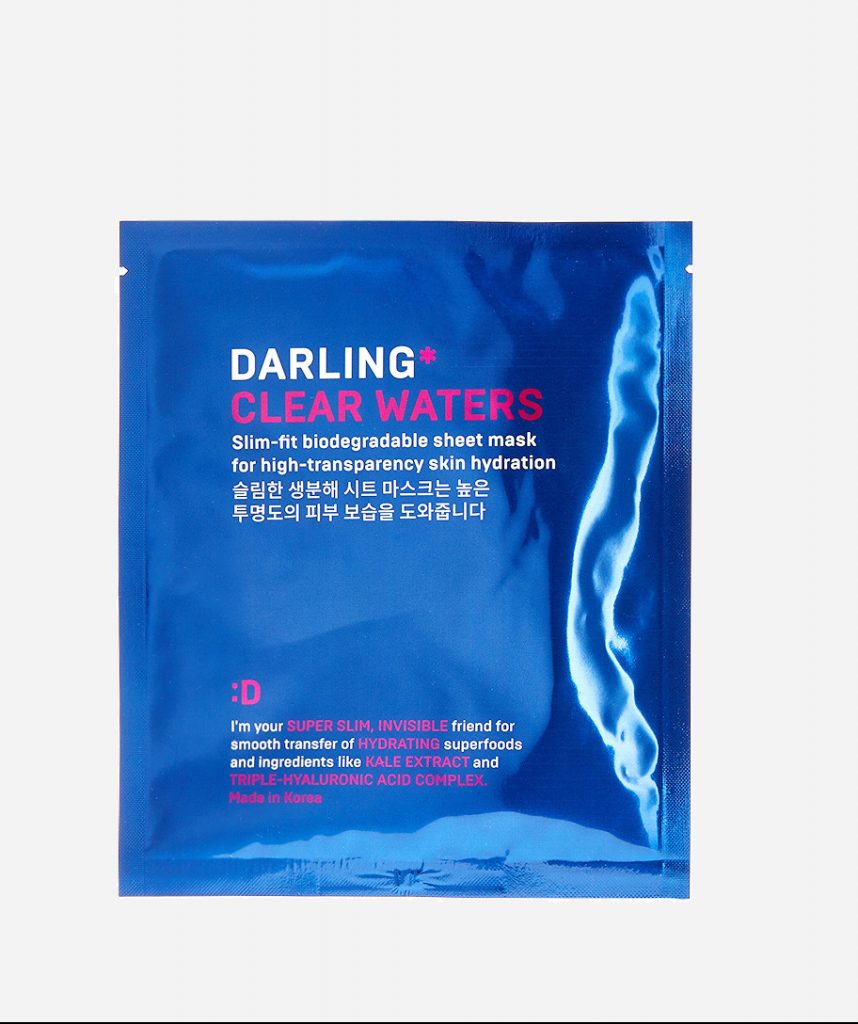
Mask with a triple complex of hyaluronic acid Clear Waters, Darling *, 179 p. -
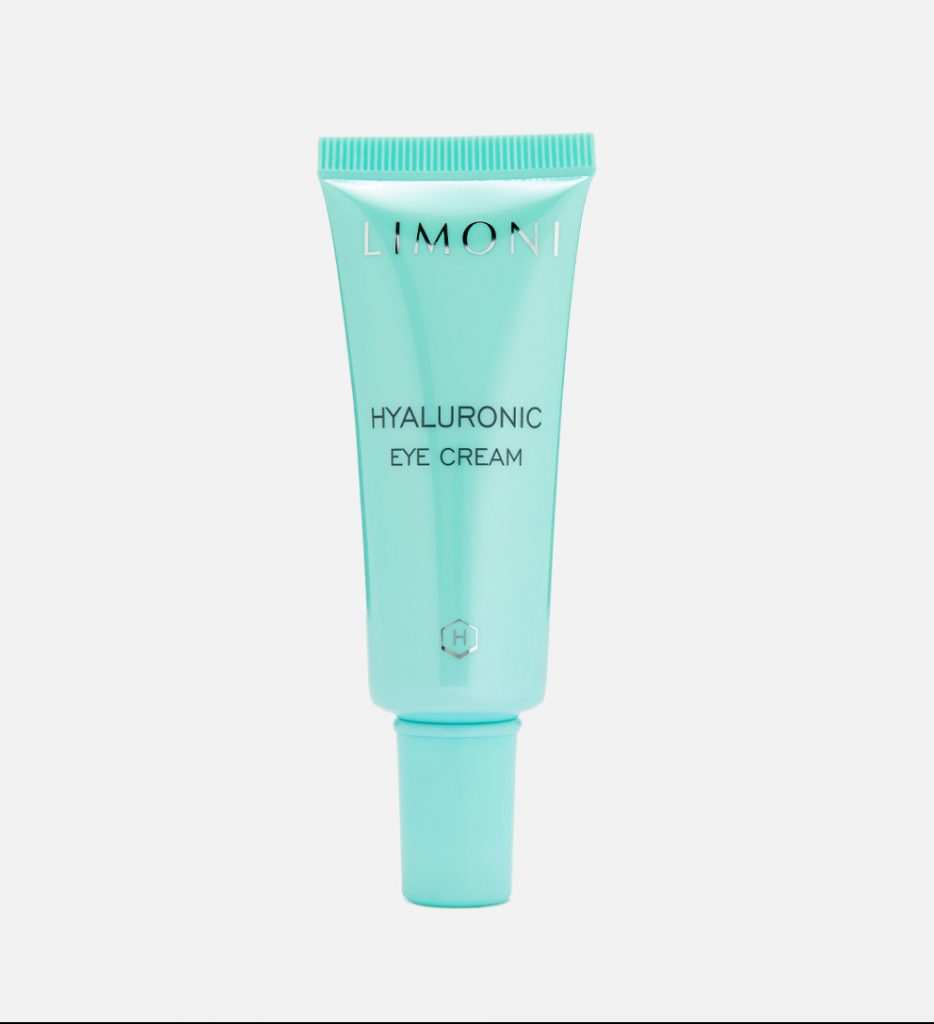
Eye cream with hyaluronic acid Hyaluronic Ultra Moisture, Limoni, 742 p.
In general, hyaluronic acid is self-contained in our body – in the tissues of the nervous system, bones and joints. It binds and attracts water and helps us look younger by promoting the synthesis of collagen and elastin. With age, less hyaluronic acid is produced, so the funds and cosmetic procedures in the composition come to the rescue.
Effect: moisturizing, protection, wrinkle smoothing.
skin type: none.
glycolic
-

Face serum with avocado extract and glycolic acid Avocado, Eden, 439 r. -
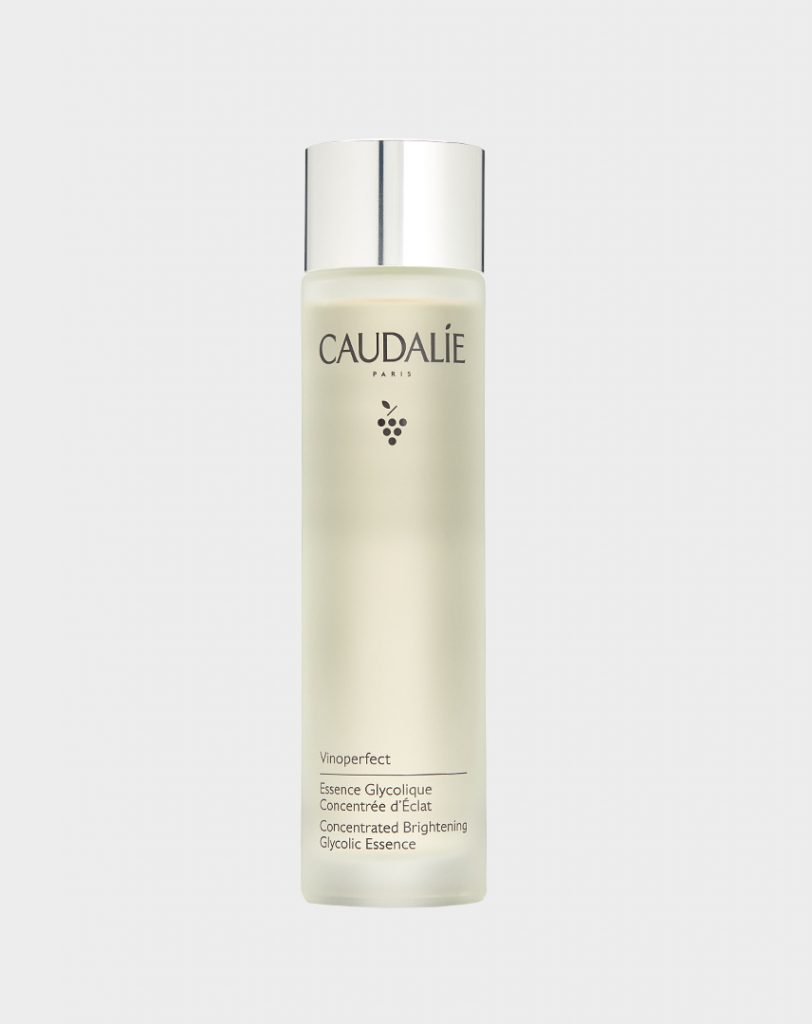
Concentrated extract with glycolic acid Vinoperfect, Caudalie, 2860 r.
It belongs to the group of fruit acids, therefore it effectively exfoliates the skin, thereby softening its micro-relief and improving its tone and complexion. It is often found in serums, cleansers, creams, and toners.
Effect: exfoliating, wrinkle smoothing, moisturizing.
skin type: any dry.
Daily
-
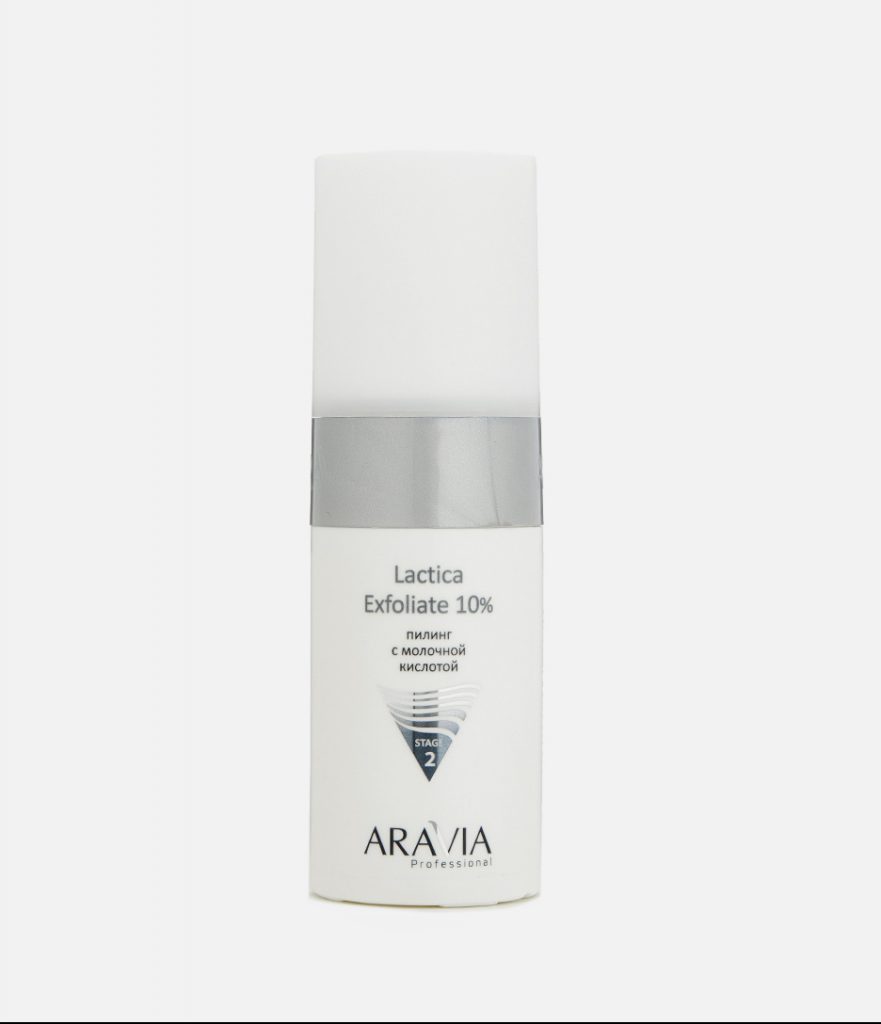
Peeling with lactic acid Lactica Exfoliate, Aravia Professional, 1062 r. -
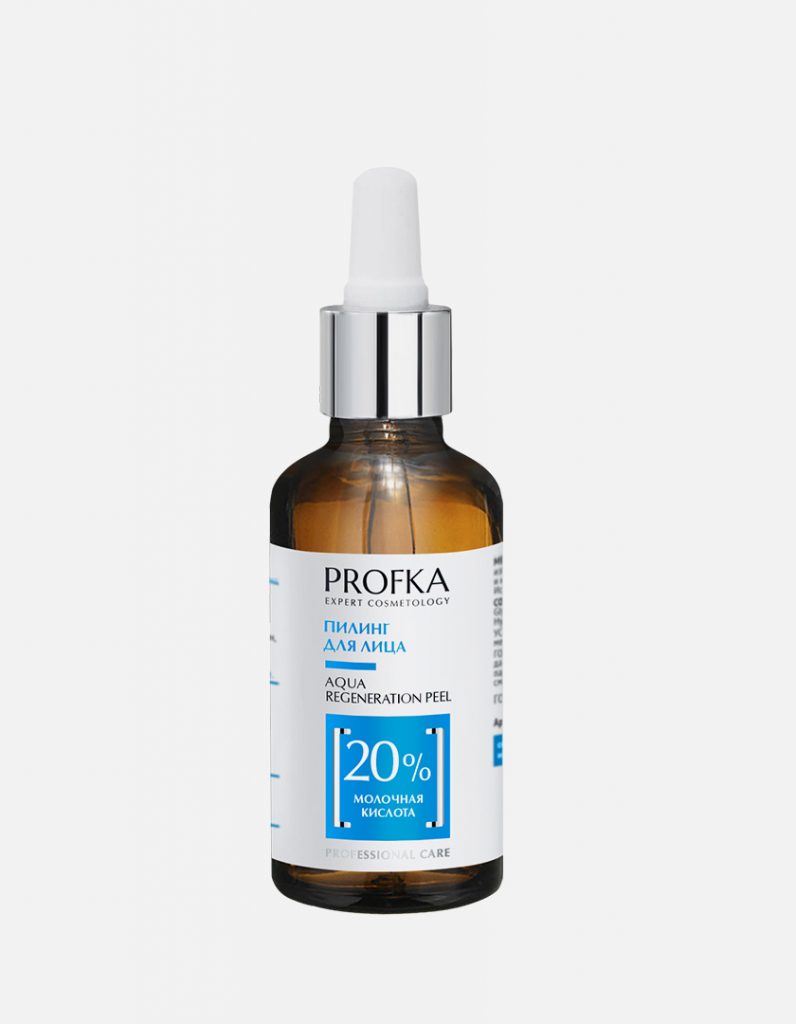
Peeling with lactic acid Aqua Regeneration Peel, Profka, 691 p.
It purifies, brightens and moisturizes the skin at the same time. Legend has it that Cleopatra, who wanted to preserve her youth and beauty, took a milk bath. Acid is often included in the composition of tonics, serums and peels for home care.
Effect: illuminating, moisturizing.
skin type: any dry.
Almond
-
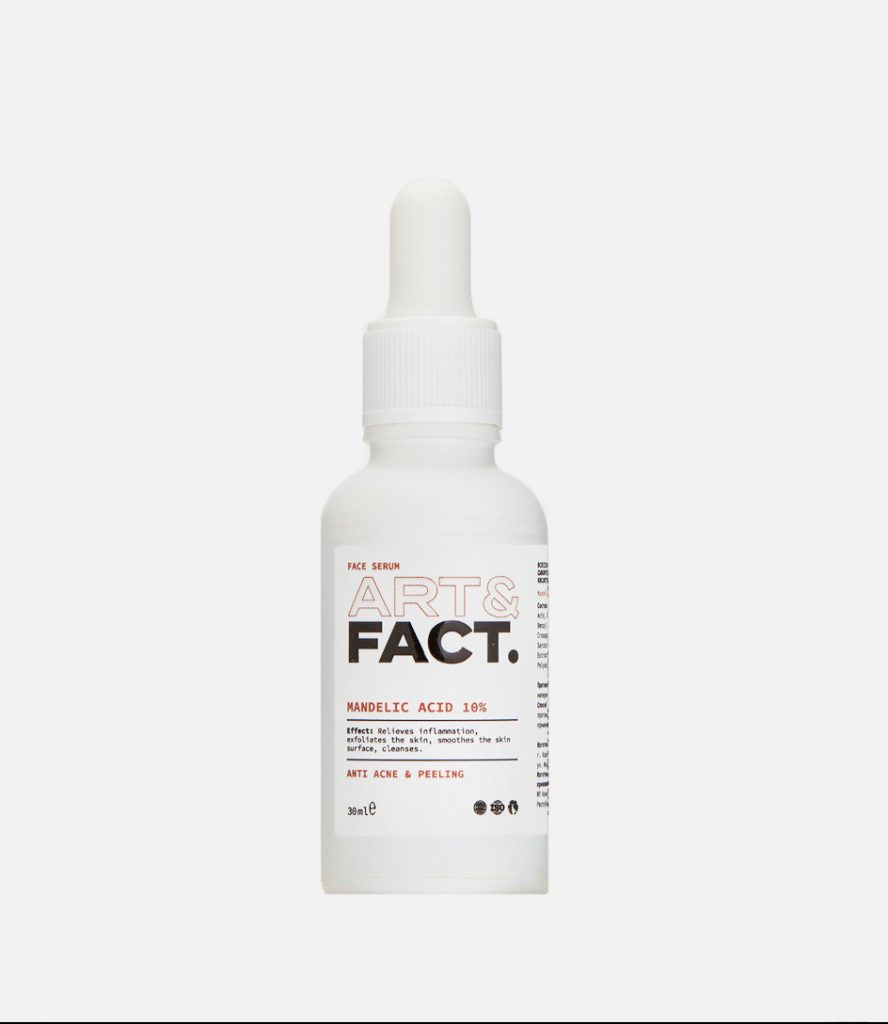
All-season peeling serum with 10% mandelic acid, Art & Fact, 640 rub. -

Face serum with mandelic acid SkinpHoria, 429 r.
Thanks to its chemical formula, mandelic acid acts very gently on the skin. It is one of the few substances suitable for sensitive skin, which allows its use in the complex treatment of acne.
Effect: exfoliation, brightening, bactericidal effect.
skin type: any, sensitive, problematic, prone to hyperpigmentation.
Salicylic
-

Gel for washing with 2% salicylic acid Prosto Cosmetics, 1291 r. -
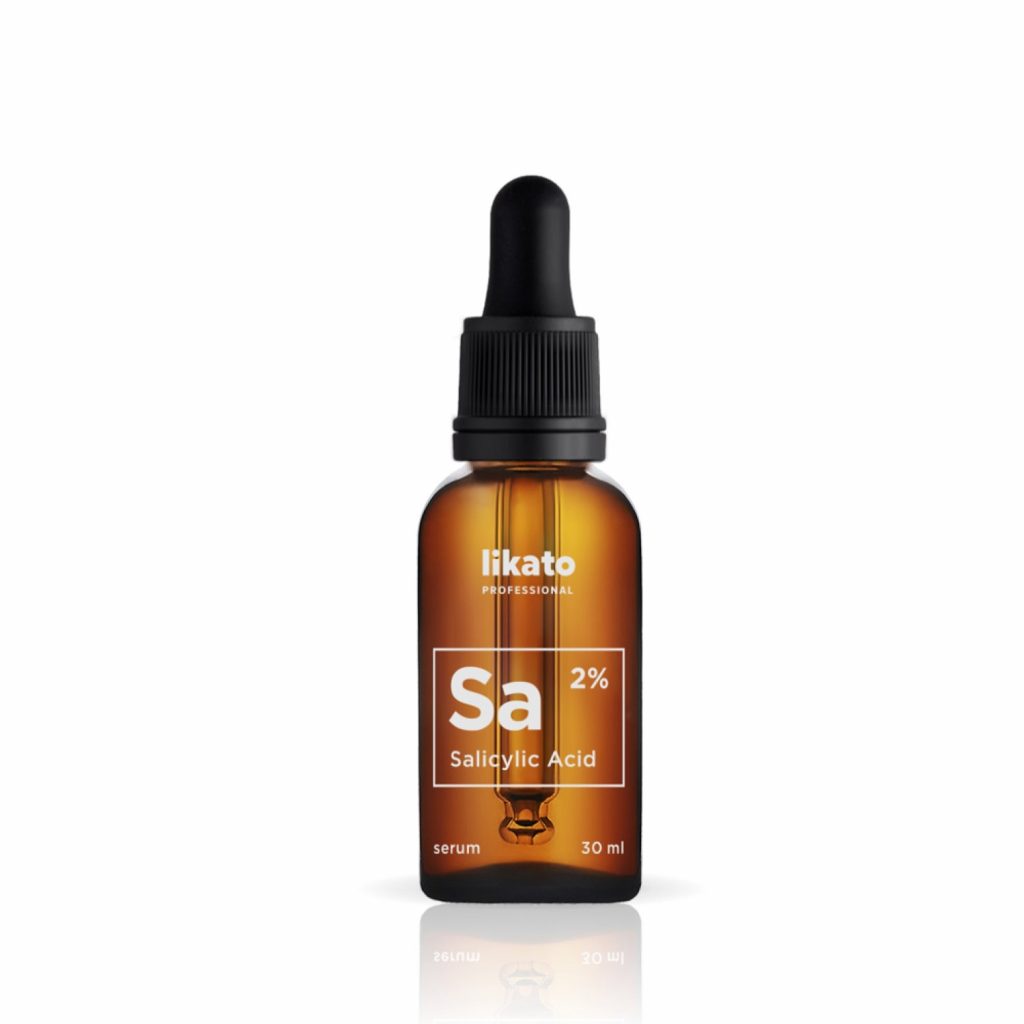
Facial serum salicylic Likato, 495 r.
Salicylic acid was first obtained from willow bark soaked in hot water at the end of the 19th century. Its main properties in cosmetology are bactericidal, antiseptic, exfoliating, sebum-regulating, comedonolytic, brightening. Therefore, it is found in almost every remedy for acne.
Effect: exfoliation, brightening, seboregulation, bactericidal and antibacterial effect.
skin type: problematic, greasy.
azelaic
-

Azelaic acid serum Don’t Touch My Skin, 2290 r. -
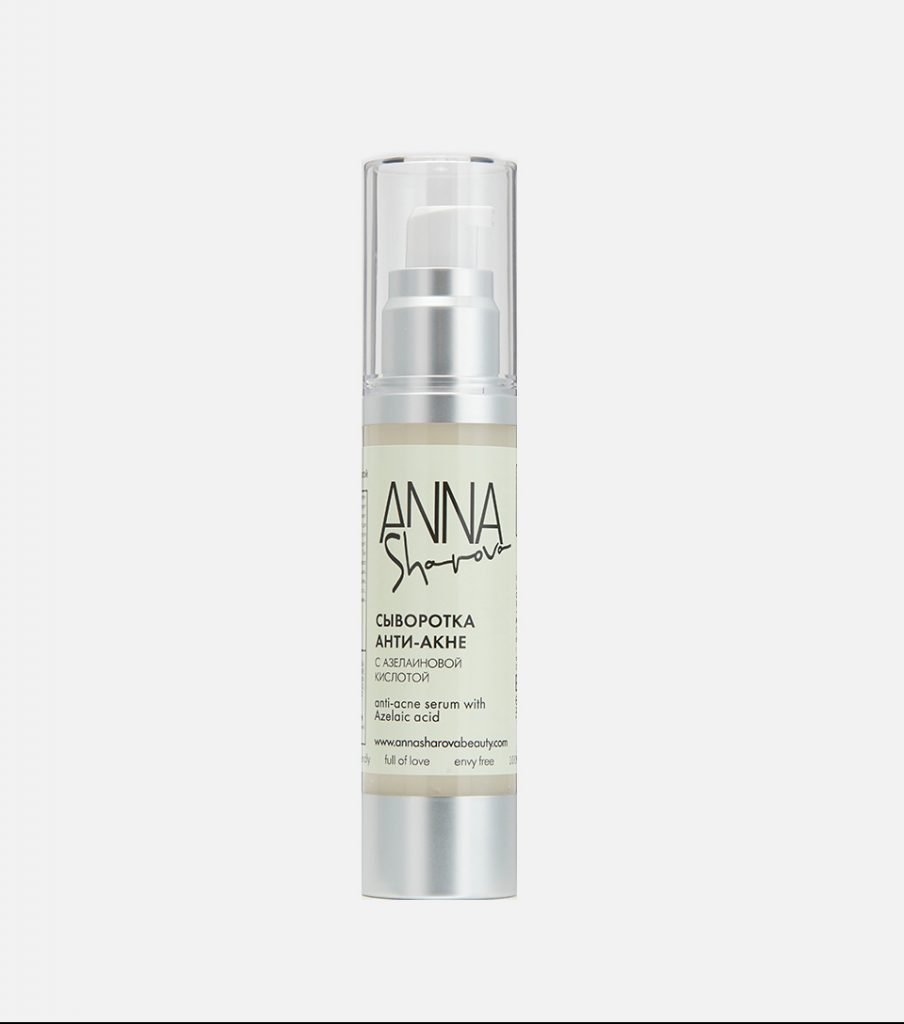
Anti-acne serum with azelaic acid Anna Sharova, 1300 r.
Azelaic acid is similar in properties to salicylic acid. It has antibacterial, sebum-regulating, anti-inflammatory and comedonolytic effects. Therefore, it is recommended in the complex treatment of acne, rosacea.
Effect: brightening, wrinkle smoothing, seboregulation, antibacterial effect.
skin type: greasy, problematic, prone to hyperpigmentation.
Gluconolactone and lactobionic
-

Mask with lactobionic acid Skin Aids, 539 r. -
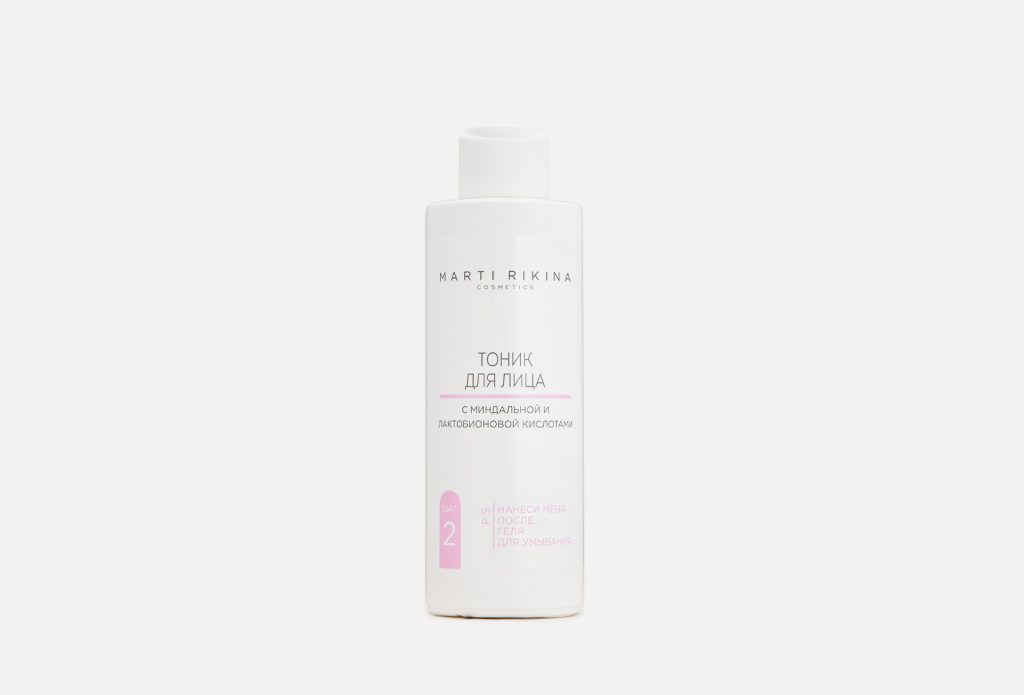
Tonic with mandelic and lactobionic acid Marti Rikina, 1079 r.
Gluconolactone and lactobionic acid have mild peeling, moisturizing and antioxidant effects. They are often found in masks, creams and toners for dry or sensitive skin.
Effect: exfoliating, wrinkle smoothing, moisturizing.
skin type: dry, sensitive.
How are acids used?
It is best to consult a beautician before incorporating acids into your beauty routine. It will help determine the skin type and choose the right products. It is impossible to combine different acids on their own – they can change each other’s chemical properties.

Acids should be introduced gradually, using twice a week. If signs of irritation appear, it is better to reduce the frequency of use or even postpone the remedy indefinitely. If the skin responds calmly, you can gradually increase the frequency of application daily.
Contrary to popular belief that acids can only be used in the evening and only in the autumn-winter season, these rules do not apply to the new generation of home remedies. However, if you use it in the morning, then SPF is a must.
Source: People Talk
Mary Crossley is an author at “The Fashion Vibes”. She is a seasoned journalist who is dedicated to delivering the latest news to her readers. With a keen sense of what’s important, Mary covers a wide range of topics, from politics to lifestyle and everything in between.




.png)
